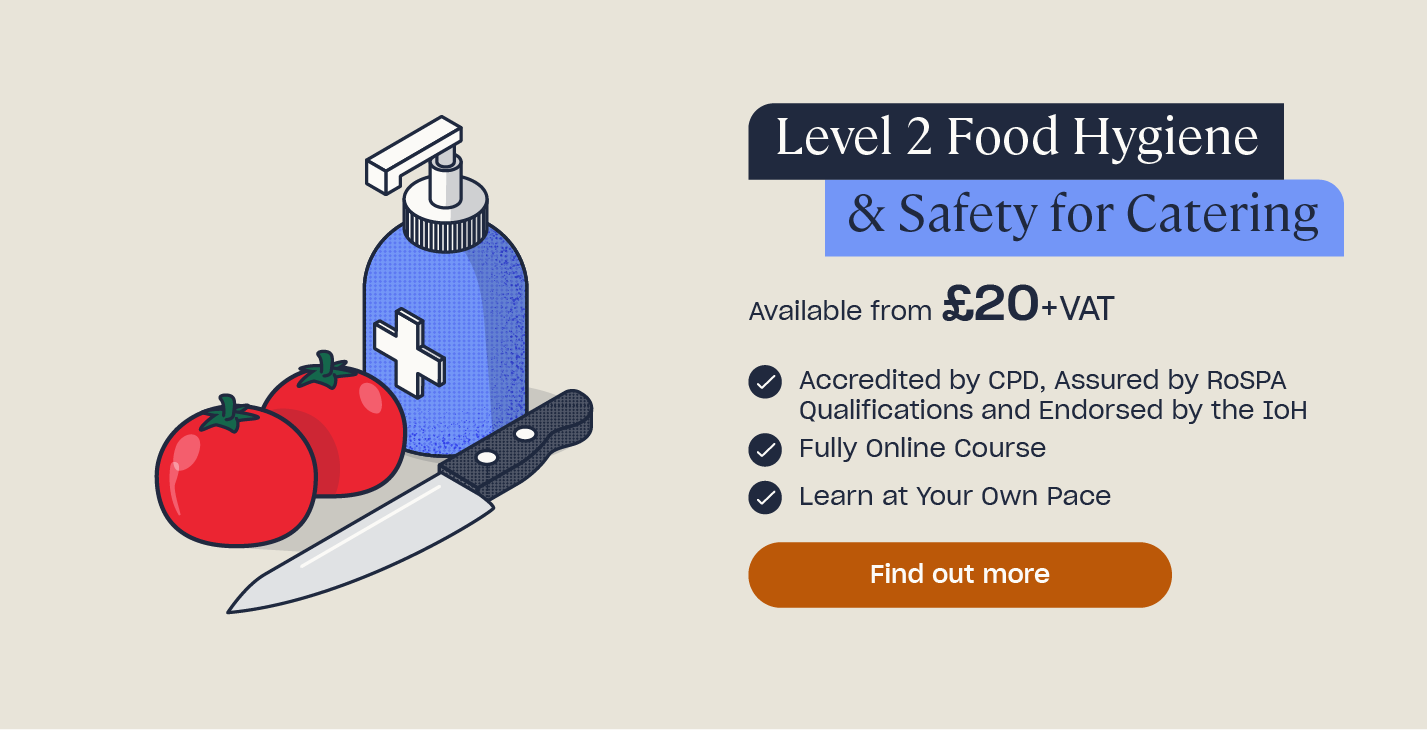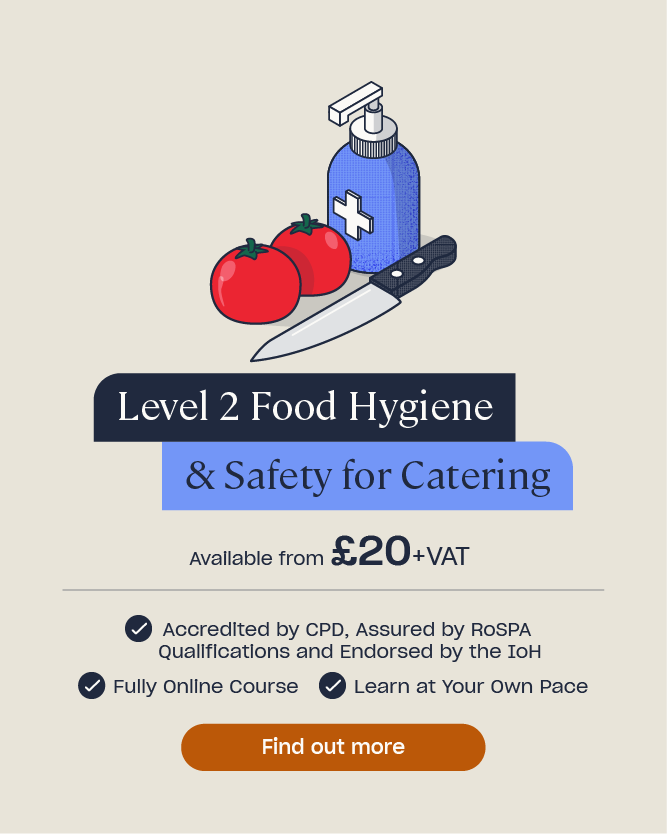Level 2 Food Hygiene Quiz
Test Your Food Hygiene Knowledge
As a food handler, understanding how to prevent food from becoming contaminated is an absolute must. You are responsible for ensuring the meal that goes out to customers isn’t going to cause them to become ill, so you must adopt good food hygiene practices that keep bacteria and other forms of contaminants out of food. Confident in food safety? Test your knowledge with our quick quiz below.
Which of these should your suppliers be able to demonstrate in terms of food safety?

Suppliers must ensure they are delivering food at the correct temperature to ensure food safety.
What temperature range should all refrigerators ideally operate at?
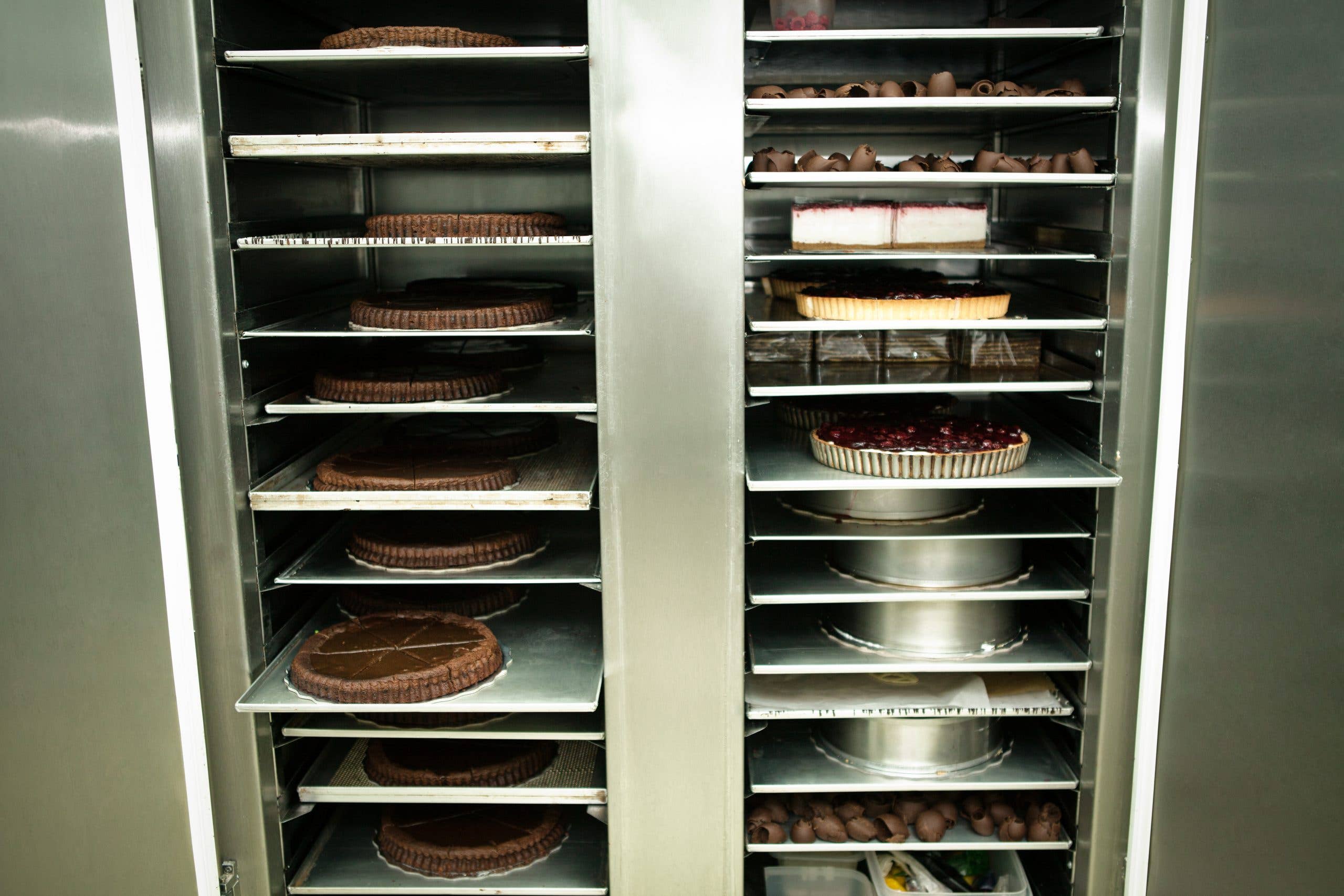
Best practice is to run a fridge at between 1 °C and 5 °C, to ensure food is stored safely.
When might you remove your protective clothing while cooking at work?

You must remove your protective clothing when you go to the toilet to make sure you do not bring harmful bacteria from the toilet, into the food preparation area.
To ensure bacteria are destroyed during cooking, what should the food's core temperature be, and for how long?

To ensure bacteria are destroyed during cooking you should ensure that the food's core temperature is 70 °C or above for at least 2 minutes.
How should you thaw raw meat?
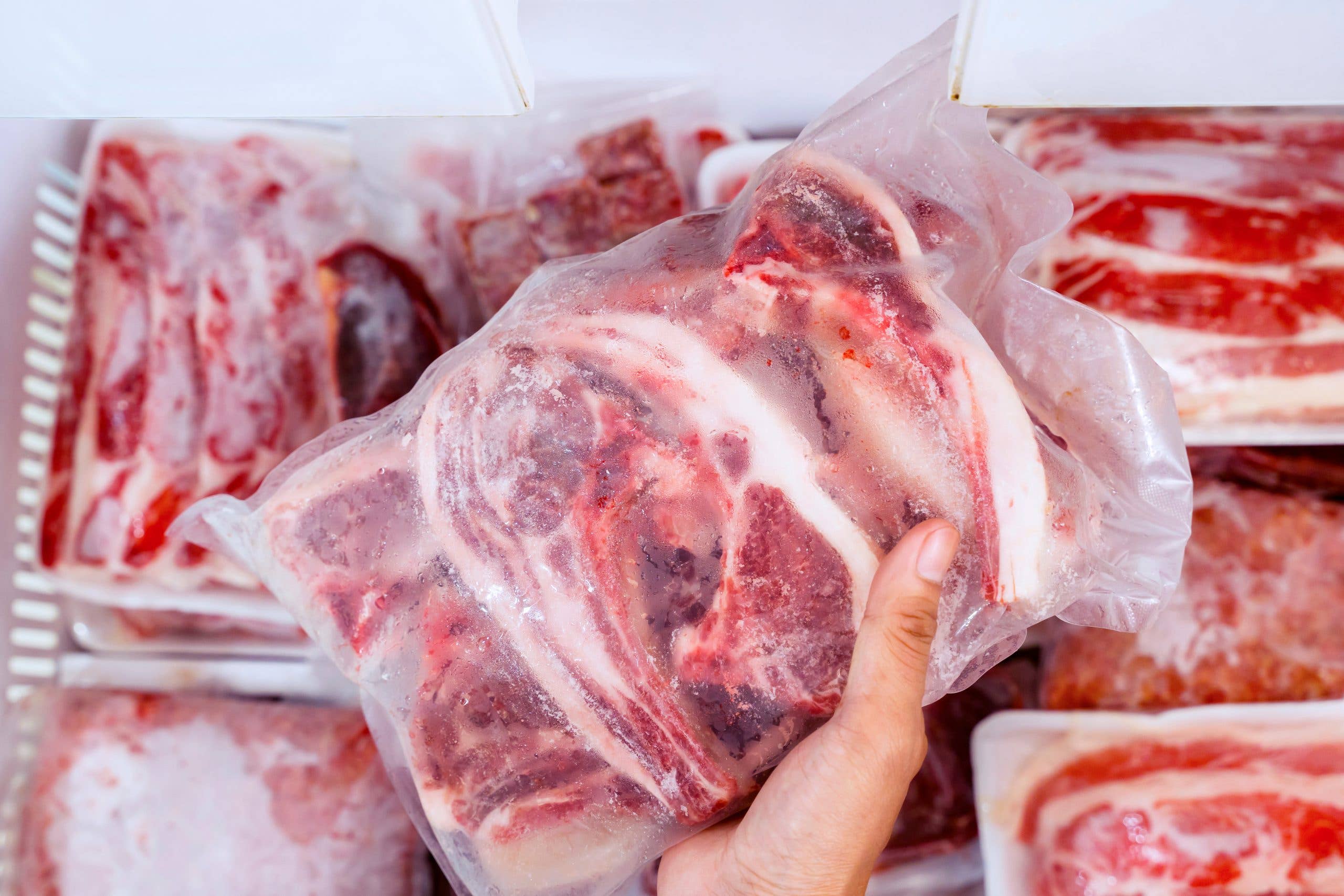
You should thaw raw meat in a separate area away from other foods, to avoid cross-contamination.
How many allergens are there, that must by law be labelled on packaged food?

There are 14 named allergens that must, by law, be present on the label of packaged food.
If you’ve suffered from food poisoning, when can you return to work?

You must wait 48 hours after your symptoms have finished, before returning to work after food poisoning.
Which of the following should be stored on the lowest shelf in a commercial fridge?
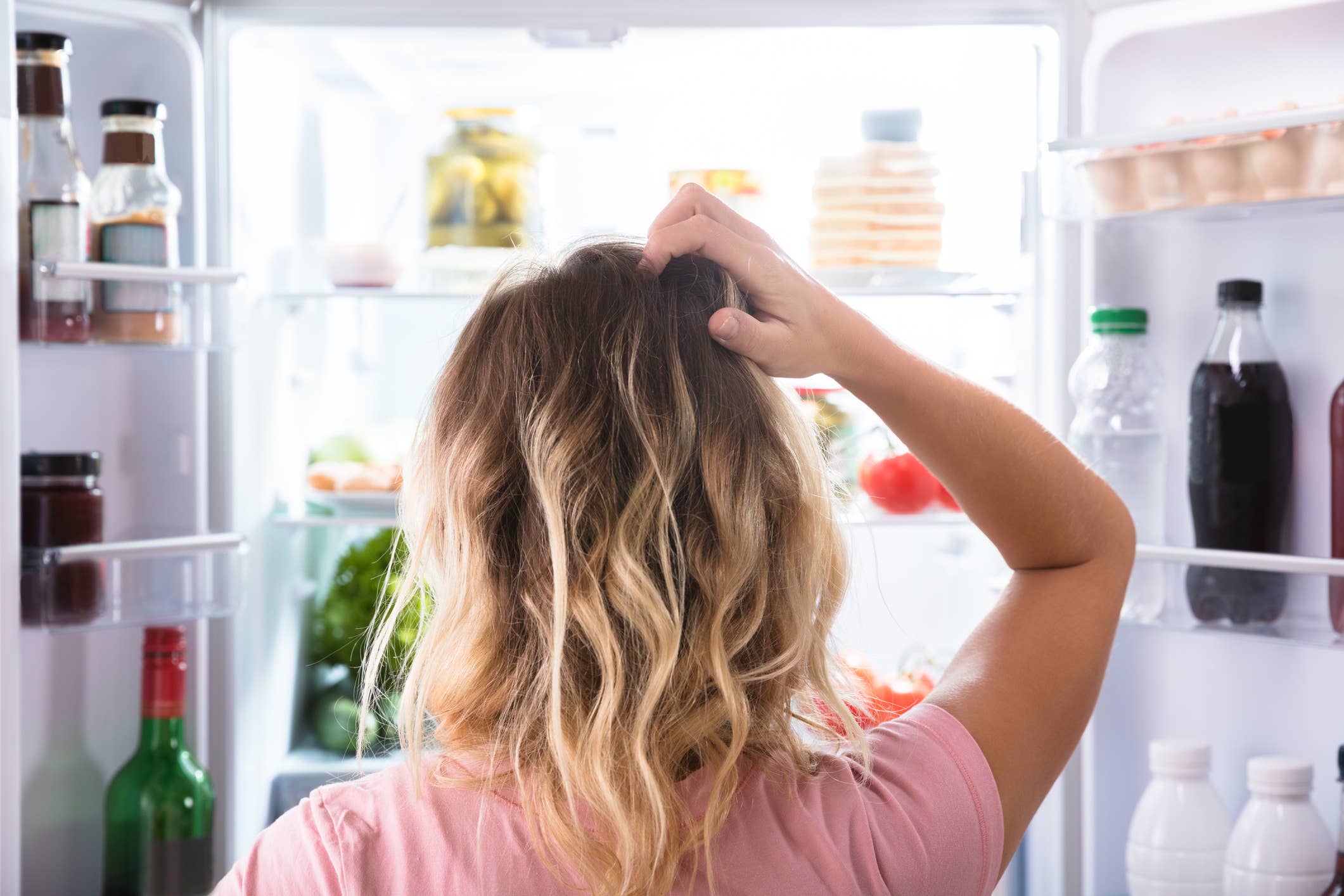
Raw meat should be stored on the lowest shelf in a commercial fridge, so that the juices do not drip down onto other ready-to-eat foods - thereby contaminating them.
What temperature range is referred to as the ‘danger zone'?

5 to 63 ℃ is referred to as the danger zone, because bacteria multiply rapidly between these temperatures.
Which of the following is a step you can take to avoid cross-contamination from occurring?

Using colour-coded equipment is a key step in preventing cross-contamination.
Share your Results:
Further Resources:
-
- Level 2 Food Safety and Hygiene Training
- How Often Should I Renew My Food Hygiene and Safety Certificate?
- What Food Hygiene Certificate Do I Need? A-Z
- Food Hygiene Rules and Guidance
- Food Hygiene Quiz for Kids
- Health and Safety in the Kitchen Quiz
- Food Hygiene Quiz
- Level 3 Food Hygiene Quiz
- What Type of Training Must Food Handlers Receive by Law?
- Is There a Difference Between Food Hygiene and Food Safety?
- The Importance of Food Hygiene Training


